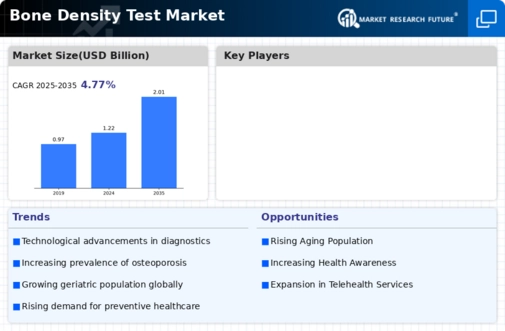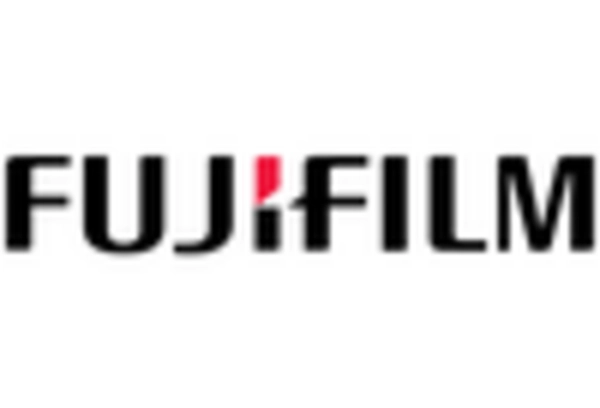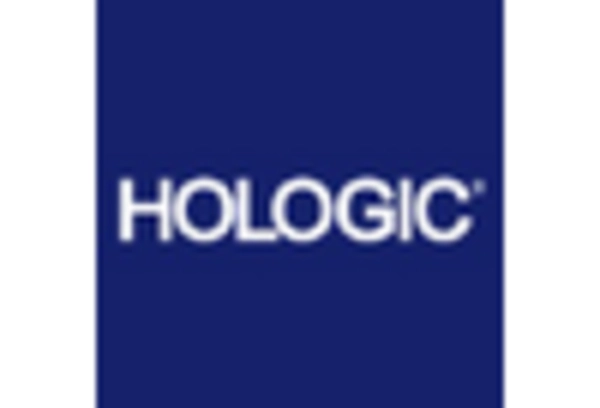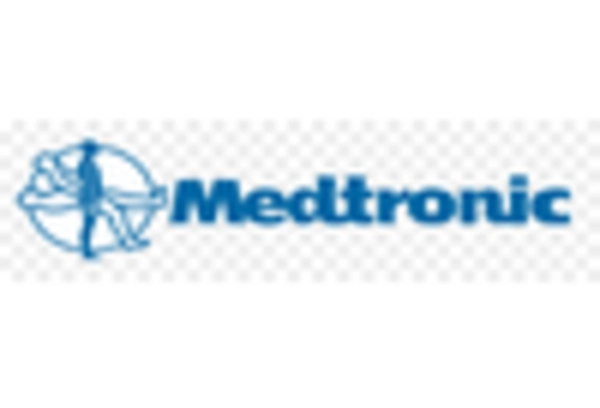Market Share
Bone Density Test Market Share Analysis
People who work in health care are taught by their employers. It is easier to use and understand bone density tests when you get training, go to classes, and use learning tools. Doctors will trust the company more if it acts in this way because it makes them look like experts in the field. Different companies make different bone density tests so that doctors and people can find the right one for them. Two methods being worked on that don't use DXA are peripheral quantitative computed tomography and quantitative ultrasound. Giving people a lot of testing choices helps people get better care and makes you more desirable. It's very important to do professional review and follow the rules. To make sure that bone density tests are accurate and dependable, companies put a lot of weight on certificates and clinical studies. The market is more open to new technologies when they are clinically approved and follow the rules. It is important to check out markets in other countries. For businesses to become well-known, they go to big towns with different health care systems and rules. Globalization increases market share by giving businesses more customers and ways to make money. Companies do a lot to make sure that bone density test results are synced with EHR systems so that patients get better care and data can flow more easily. Interoperability makes it easier for nurses and doctors to talk to each other, and it also supports bone density tests to be done in real life. Getting the word out about osteoporosis and bone density tests is important. People are made more aware of the risks of low bone density and how to spot it early through focused ads. Both health care workers and customers like this method, which changes how the market sees it. Cheap bone density tests are now possible thanks to a smart mix. To get good prices, businesses use economies of scale, improve the way they make things, and negotiate with their providers. This method appeals to people who work in healthcare and groups that want to find accurate, low-cost tests. It takes time and effort to get customer feedback and improve bone density tests kits. Businesses improve their study tools based on what patients and doctors say about them. Designing goods with the user in mind makes clients pleased over time and helps a company stand out in the market.









Leave a Comment